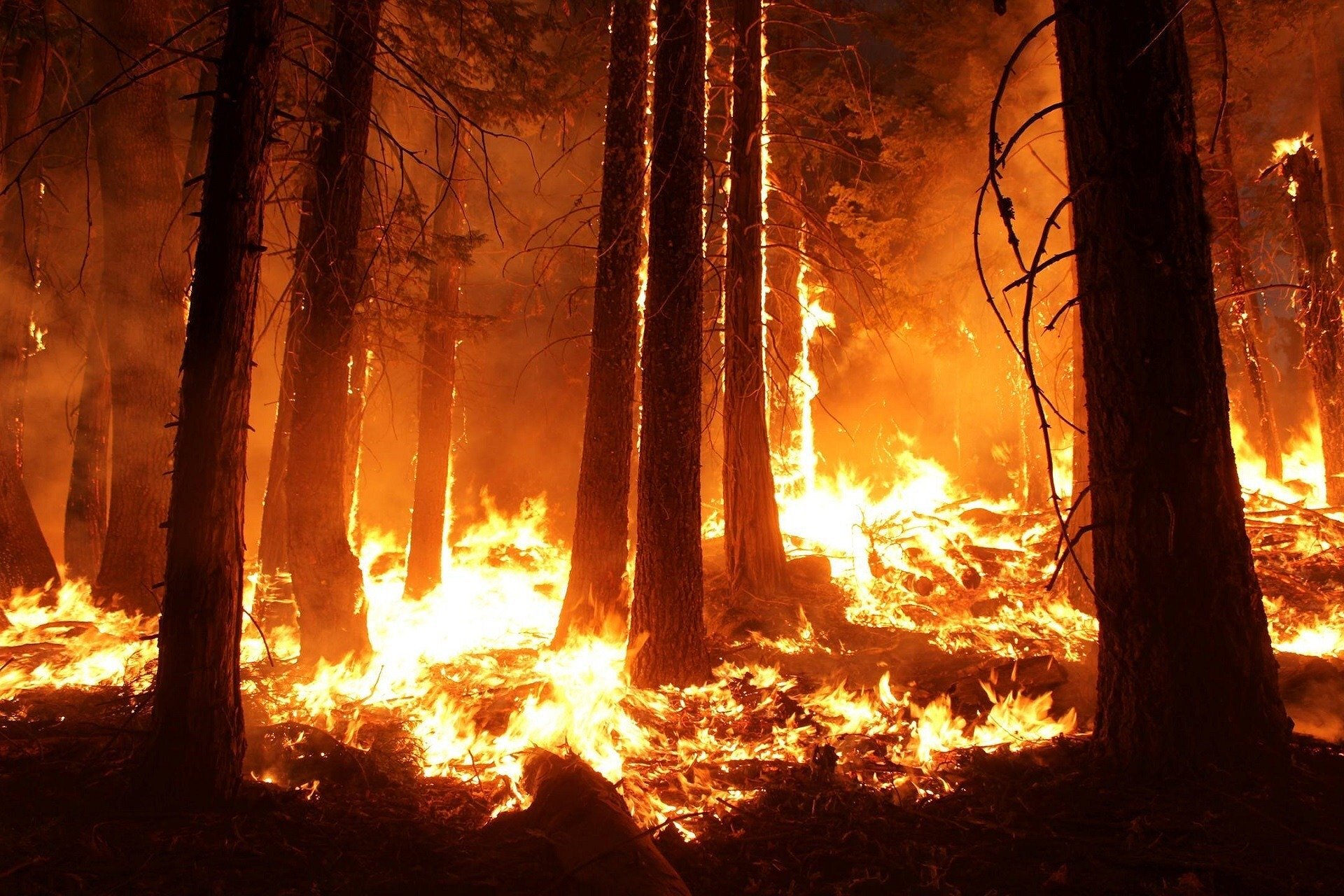- What is ‘Dreams on a Pillow’, the Palestinian game about the Nakba?
- Machinery behind bacterial nanowires discovered
- Students discover chimpanzees make rhythmic sounds (despite limited sense of rhythm)
- New fossil species sheds light on divergent life-history strategies in early land plants
- EU watchdog approves new vaccines against bluetongue
What do you believe is the single most important factor driving up the cost of living in Nigeria?
Drones have come a long way from being just toys, which can be seen when looking at modern day applications of this method. Probably one of the largest and progressive fields that are incurring the changes through the use of drones is the current farming industry. From surveillance drones farmer are able to get aerial shots of their farms, information that is useful to improve farming, increase crop yields, and practice conservation agriculture. This blog aims to provide a detailed insight into the use of drones in the agricultural field, stressing how these tiny gadgets are changing the face of farming.
Precision Farming and Drones
Precision farming is an advanced agriculture practice that integrates technology to gain better control of field level concerning crop farming. At the core of this revolution is the implementation of unmanned aerial vehicles, equipped with modern sensors and photographic equipment. These include data on the health of the soil, the status of crops, and the levels of moisture in the farmland, as well as the provision of insights to the farmers interested in the same.
Soil and Field Analysis
Soil type examination is important before planting so that right type of crops can be planted and can get the appropriate nutrients. So, with the help of drones, properties of the soil and field’s differences for moisture, temperature, and fertility can be defined with the help of high-quality imaging. This information also assists farmers in applying fertilizers and water for irrigation in a more effective manner, thereby minimizing wastage and harm to the environment.
Crop Monitoring: This is significant as diseases, pests and other pathologies are discovered early and thus treatment is initiated. They can cover particularly large fields in a matter of minutes and capture images that illustrate differences in status of the plants. It is important for stressed plants to be located; some of the problems on the ground may not be identifiable without using complex image analysis tools. It can also enable them to avoid these issues from emerging in the first instance, which conserves crop yield as well as quality.
Enhancing Efficiency and Reducing Costs: The potential of using unmanned aerial vehicles in farming seems to directly relate to an improved level of efficiency. Traditional methods of field scouting and crop monitoring happen to be time-consuming and involve a substantial amount of physical exertion. It can cover large areas in a short span of time and its information can also be presented as real-time information which can be reacted to within a short time span.
Irrigation Management
Water is another resource beloved in farming and its particular use needs to be very efficient for the purpose of sustaining this type of farming. While flying over the field, the drones have the thermal camera that helps in determining which part of the field is overwatered or at the same time, which part is too dry. This specific information makes it possible for farmers to change their water distribution methods based on the current weather patterns by providing water where it is required most. Hiring practices which focus on irrigating specific plants or rather certain areas of the land not only saves water, but also problems associated with over-irrigation for instance soil erosion and nutrient run-off.
Planting and Spraying
Some of the sophisticated versions are able to convey and dispense seeds, fertilizers and pesticides. The method of application also makes it possible to provide equal measures of inputs on the fields in a way that can enhance the plants growth and healthiness. This helps the farmers reduce the amount of chemicals used in the small farmlands, save costs and limit the negative impact on the surrounding environment.
Data-Driven Decision Making
Drones’ data serves as a goldmine for farmers who seek improvements to their production lines. Current UAVs have navigational capabilities using the global positioning system and other sensors with regards to different variables. The collected data is then passed through specific agro-processors to obtain the best result, this is a great way of providing reports.
Yield Prediction and Mapping
It is crucial to identify yield accurately to plan the production process and create the corresponding market strategy. In this way drones can help develop yield maps and provide data about the state of plant health, condition of the soil and other factors as well as historical data. These maps can be used to determine which parts of the field would yield the best crops so that the farmers would be able to plan and optimize the results they get from the field.
Farm Management Systems
Drone data can be integrated as a dataset with all farm management systems to give a holistic aspect on farm activities. Possible benefits of using smart farming systems include the ability of farmers to track growth of crops, use of the resources, future needs for the resources and many others. This gives every area needed on the farm a chance to be managed and utilized at its best from when seeds are planted to the time they are harvested.
Environmental and Sustainability Benefits
Therefore, farmers are not the only beneficiaries, but the environment gains a lot from the use of drones. The definite and correct usage of inputs such as water and efficient water usage by drone technology are part of sustainable farming practices.
Reducing Chemical Use
It also ensures that the number of pesticides and fertilizers used in the fields are substantially minimized because drones are able to identify the accurate location where these chemicals are required. It reduces the imposition of agriculture on the environment by only focusing their targeted area thus reducing harm such as pollution by chemical products.
Promoting Biodiversity
This is in reference to the use of drones in defining the areas that require to be left vacant or used to grow different crops for the improvement of soil quality. That is why farmers should focus on the transition to the local vegetation to obtain more diverse population of plants and animals that would be immune to pests or diseases.
Challenges and Future Prospects
However, considering all the positive outcomes of drone usage in agriculture, it is crucial to name some of the challenges encountered: Some of them are the regulatory concerns, the high initial capital and costs that farmers may incur in the purchase and acquisition of drone technology, and the need for farmers to go back to school and learn how to operate as well as maintain the new technology. Yet, as with all types of innovations, it is anticipated that as the technology progresses and becomes popularised these hurdles are bound to reduce.
Regulatory Hurdles
Recurring challenges that have remained a thorn in the use of drones in agriculture include Applying new technologies such as drones comes with legal problems. Cautions in relation to drone flights differ from country to country particularly concerning the drug bookings and concerns relating to protection of data. Thus, the regulations on irrigation and water rights must be followed strictly by farmers to avoid violation.
Cost and Accessibility
Another drawback is that the cost of purchasing drones and initial training may act as a barrier especially to small scale farmers since it may call for a huge investment at the initial stages. However, as time goes by, manufacturers of drones are likely to lower the cost because of the value to customers. Moreover, many providers exist since the drones can be either purchased or rented from them, for those who cannot invest in their own machinery.
Training and Education
Drones have their uses, but their use has to be done with some measure of understanding and practice. Farmers must learn how to manage the drones, how to interpret data collected by these devices, and how to use them in farming operations. This can be filled by educational programmes and assistance from the manufacturers of the drones.
Conclusion
It is well understood that drones are gradually revolutionizing contemporary agriculture, which has sped up production and saved money and the environment in addition to providing other advantages. In this manner, due to increased accuracy and specificity supplied to farmers, more effective choices can be made with the help of drones. Despite all the challenges, it can be seen that drone use in the agriculture sector is set to become even more prominent in the future with future innovation set to push the use of drones even further.
The use of drones in agriculture is a positive sign of how positive moves are being taken towards more improved methods of farming in the near future. This is how these technologies can help boost efficiency and make farming a more sustainable practice, with farmers reaping the benefits of higher yields and profitability, in the process. Drones have even greater possibilities in agriculture in that they can go as high as can be imagined.






















